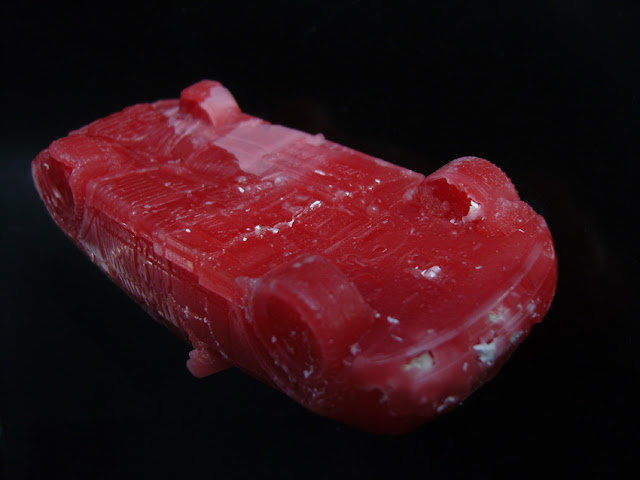A Gathering of the Ar(c)t(ic) Tribes
Seminar 14/2 - 16/2, 2014: "A gathering of the ar(c)t(ic) tribes” - Engaged Art and Art Activism.
The seminar is organized by Nordland County Council in cooperation with the North Norwegian
Art Centre, Arts Quarter in Lofoten and RAM Gallery (Oslo).
Speakers:
Vladan Jeremic (Belgrade), artist
Rena Rädle (Belgrade), artist
Thierry Geoffroy (Copenhagen), artist
Ilya Budraitskis (Moscow), historian/activist
Elin Vister (Bergen), artist
Eva Bakkeslett (London), artist
Paal Andreas Bøe (Trondheim), editor/MA Literature
Anna Kindgren (Stockholm), artist/curator
Carina Gunnars (Stockholm), artist/curator
Ekaterina Sharova (Oslo), art historian
Allan Sande (Bodø), social anthropologist
Artist Presentations in the seminar by:
Norwegian artists: Per Kristian Nygård, Karl Ingar Røys, Maiken Stene and Karianne Stensland.
Russian artists: Alexandra Galkina, MIKAELA, Haim Sokol and Grigory Yushenko.
Performance, day 3: Trygve Luktvasslimo.
Moderators: Kristoffer Dolmen and Madeleine Park.
Introduction:
Artists have commented on political decisions and changes in society since the first protest art against war, for example, via Picasso's «Guernica» and 60-70’s political art. The socially engaged art has existed in parallel with all other directions through the late history of art, although it has received varying attention depending on the current “zeitgeist”. How does it look today?
At the same time it grows into a new political consciousness in the art in both Russia and Norway and in the rest of the world. The audience can easily see the biennials and art festivals around the world including Lofoten International Art Festival. Much of contemporary art is increasingly socially engaged and comments and analyzes the community it's in, not unlike the artistic movements we saw during the 60-70ies.
Lofoten has a long historical tradition of active artists who have come there to experience the nature, the light and the magnificent scenery. The landscape is still here, but the art that is produced has changed a lot since then. Today's contemporary art expresses more diverse themes than the art that was created in the late 1800s, and since then there has been created more opportunities for visiting artists.
Difficult and complex issues of finance, growth and environmental threats and sustainable future are very relevant, and give rise to emotional debate. No decisions have been made; there are public opinions both for and against. Maybe you can actually talk about a potential global crisis in a local paradise right now, in a phase when no one really knows what the future will bring.
The art on the other hand does not live in a vacuum, but is linked and connected to the society around it. How does it respond to current challenges and questions about the future?
What role can art have in such a complex and multifaceted as our contemporary?
Can art be used as a tool, a tool and both illuminate and understand the world we live in and the changes in it? Can artists and philosophers through the collective share experiences and ideas and find new strategies, new "tool combinations" to deal with complex social issues and increase our awareness?
The Seminar is supported by: Fritt Ord.

